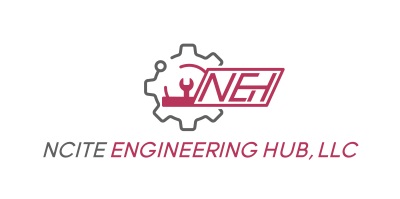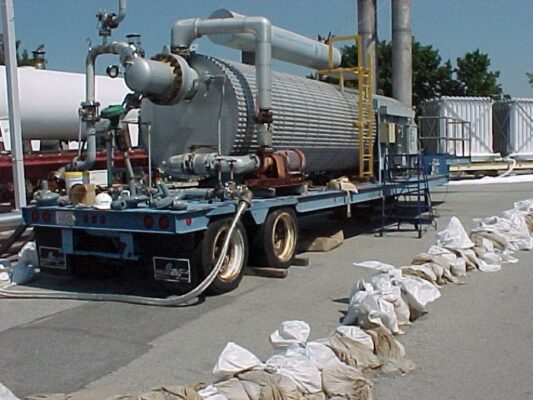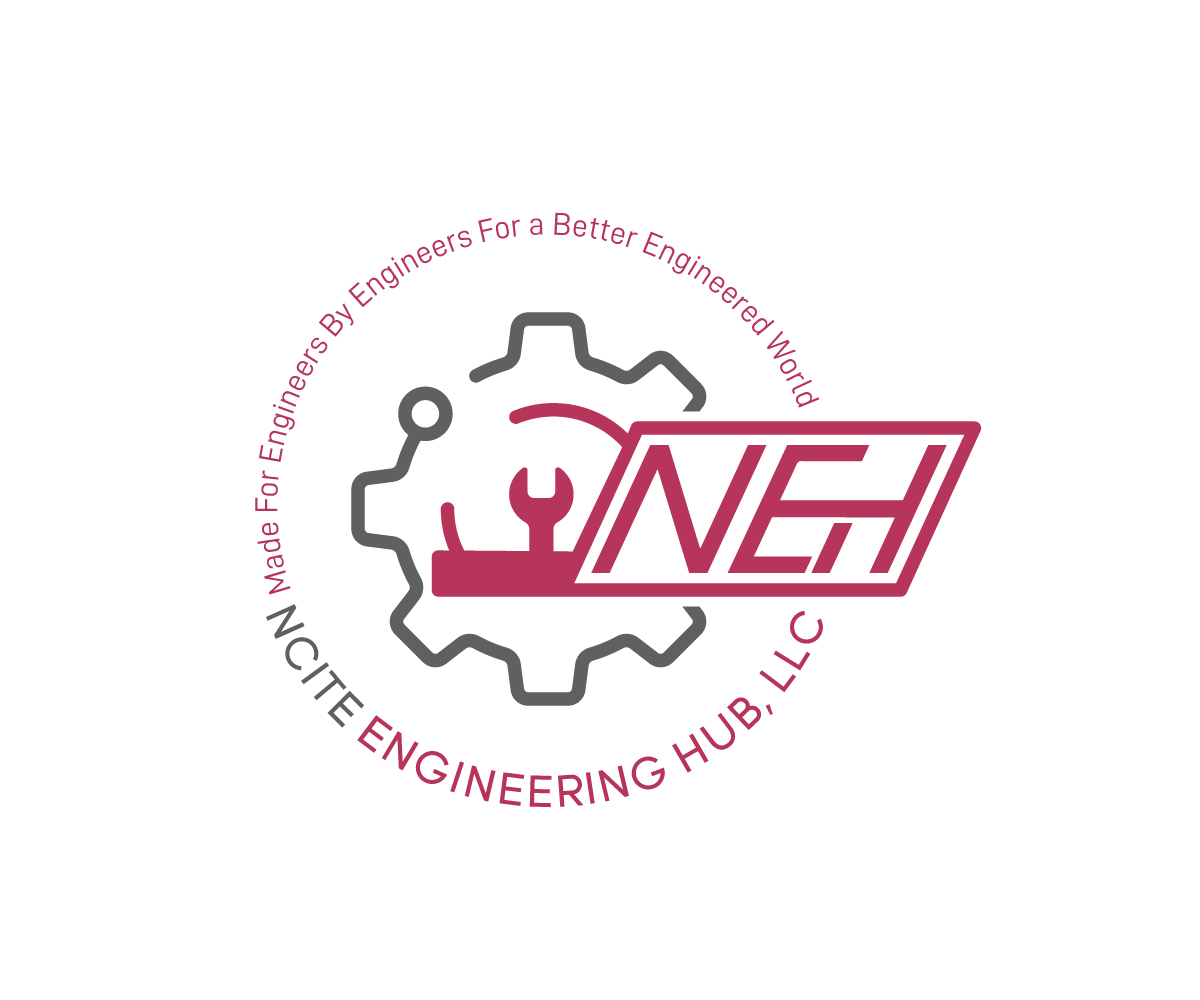- Course No E – 2098
- PDH Units: 3
No data found for Custom Course Number
No data found for Custom Course Units
Intended Audience: Energy, Mechanical and Environmental Engineers.
PDH UNITS: 3
This course, 'Integration of Peak Shaving Facilities into a Local Distribution Company (LDC) Gas System and Gas Outage Avoidance,' provides an in-depth exploration of the strategies and methodologies necessary to maintain gas system reliability. With a focus on LNG peak shaving facilities, this course examines their role in mitigating gas shortages, ensuring energy security, and supporting local distribution systems during critical demand periods. Participants will gain a comprehensive understanding of the factors that contribute to gas outages, including low gas pressure, extreme weather conditions, equipment malfunctions, and operational errors. The course will discuss the decision-making processes involved in determining when an outage should be declared and how to isolate affected areas to minimize risks effectively. Additionally, attendees will explore the causes and outcomes of outages to extract valuable lessons for future prevention. A key focus of the course is the role of LNG as a peak-shaving resource. Attendees will examine the operational considerations for LNG facilities, including vaporization readiness, odorization systems, and the logistics of LNG transportation and deployment. The course will also address regulatory requirements, safety protocols, and the economic impact of integrating LNG into an LDC’s supply portfolio. Other critical topics include single-point failure analysis, emergency response coordination, and best practices for system reinforcement. Participants will explore proactive planning methods, including load-shedding strategies, gas system reinforcement, and mutual aid agreements to ensure preparation for potential supply disruptions. This course is designed for engineers, utility managers, and decision-makers responsible for maintaining gas supply reliability and responding to emergencies. By the end of the course, attendees will have the knowledge and tools necessary to enhance system resilience, optimize LNG deployment, and effectively manage gas supply emergencies. For this intermediate-level course, the learner must have a basic knowledge of LNG and its uses.
Learning Objectives
The learning objectives of THIS SESSION TEN are to understand at an intermediate level the following: Upon completion of this course, students will be able to:- Understand the hazards and risks associated with gas outages and pressure loss.
- Assess the impact of gas outages on residential, commercial, and industrial customers.
- Analyze factors leading to system failures and evaluate outage prevention strategies.
- Examine the role of LNG peak shaving facilities in maintaining gas system stability.
- Develop decision-making frameworks for declaring and managing gas outages.
- Implement emergency response strategies for rapid gas service restoration.
- Conduct reliability studies to enhance system preparedness and prevent failures.
- Understanding how to safely, reliably, and efficiently operate an LNG plant
- General characteristics of LNG and safety
- Liquefaction pretreatment,
- Liquefaction systems,
- LNG tanks, valves, pumps, vaporizers, auxiliaries, and other LNG plant equipment.
- BOG management and plant operations
- Transporting LNG
- Efficient operation of LNG facilities
- Importance of philosophies, procedures, maintenance, and modes of operation.
- Understanding the thermodynamic relationship that governs the behavior of zeotropic hydrocarbons.
Once completed, your order and certificate of completion will be available in your profile when you’re logged in to the site.










